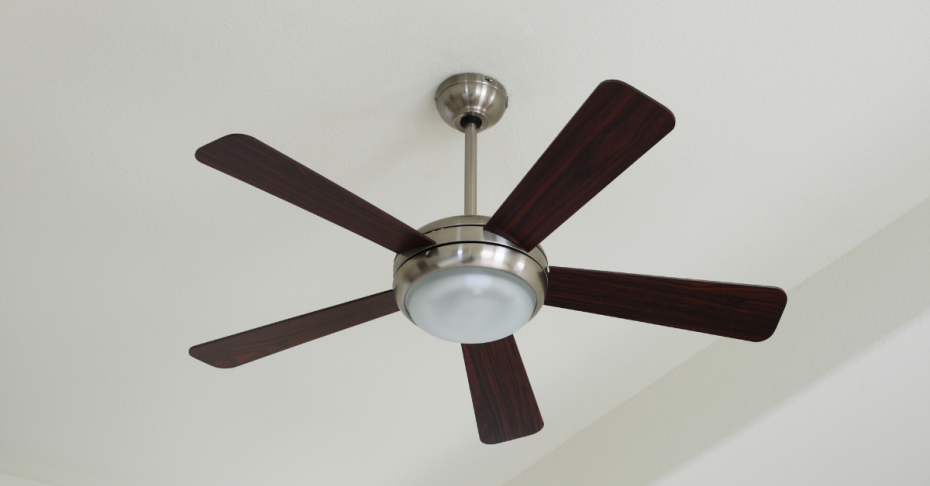Protecting Your Home from Radon Gas
May 29, 2020
A gas leak is one of the scariest things that can happen in your home. While houses are being built with many gas detectors, there are still some substances that can slip into your home unnoticed and wreak havoc over your health.
Radon: Dangerous and Undetectable

Radon gas is one of these substances. Tasteless, odourless and invisible, it’s not unusual to have higher than normal levels of this gas in your home without anyone suspecting a thing.
It usually occurs in places where cracks form in your foundation or ventilation is inadequate.

Increased exposure to it can result in many serious symptoms such as persistent coughing, wheezing, loss of appetite, shortness of breath and chest infections. Persistent exposure can lead to long-term diseases such as cancer. In fact, radon gas is the second cause of lung cancer in the United States with about 21,000 people losing their lives every year as a result of this silent killer.
Despite this, many homeowners are unaware of how easily radon gas can invade their spaces and of the risks associated with its exposure. At this moment, one out of every fifteen homes in the United States has dangerously high levels of radon.

The good thing is that you can easily find out if your home is one of these. Radon gas home test kits are widely available across the country and are relatively easy to use. Typically, home tests are meant to be set up for three months before the results are interpreted. However, if you’re worried about having to wait that long for your results, you can find a test kit that will detect gas levels in your home after only three days. You should note though, that these short-term kits are not always accurate and so should only be used if there’s no option to wait longer.
Reading Your Results

After waiting for the recommended three month period, your gas detector should be sent to a lab near you. There are several labs state-wide that will interpret your data for you for a small fee.
A radon gas level of less than 200 Bq/m3 is generally considered safe and negligible for your home. But what happens if your data reads a level higher than that?
Firstly, unless you have the symptoms consistent with radon gas poisoning, don’t panic. If possible, install another detector to double-check the levels. Levels tend to fluctuate so a high reading could just be a fluke.
Fixing radon gas levels is not as expensive or time-consuming as you’d think. Levels of 600 Bq/m3 or higher means you need to act within a year. If the levels are lower than that, you generally have a two-year timeframe within which to act.
If the situation isn’t too bad, you can remedy it by simply sealing cracks in your foundation. However, it is important that you have a professional do this to ensure no mistakes are made. Since radon gas is caused by a buildup of multiple gases in one place, other fixes include improving your home’s ventilation and installing fans to reduce pressure around the house. It is also likely you’ll need to have a radon gas mitigation system installed to prevent future buildups. The cost will depend on the size of your home, the build and the location but there’s no doubt that installing this system will give you your well-needed peace of mind.

If you haven’t checked your radon gas levels yet, now is a great time to do so. With people spending more time indoors due to the pandemic, chances of you and your loved ones feeling the effects of radon are much higher.
If you want to keep your home safe from this and other potential home problems, get in touch!
With decades of hands-on windows and door experience, few people understand how to safely and properly keep your home ventilated like we do. Give us a call today and let’s keep your home safe and secure!
